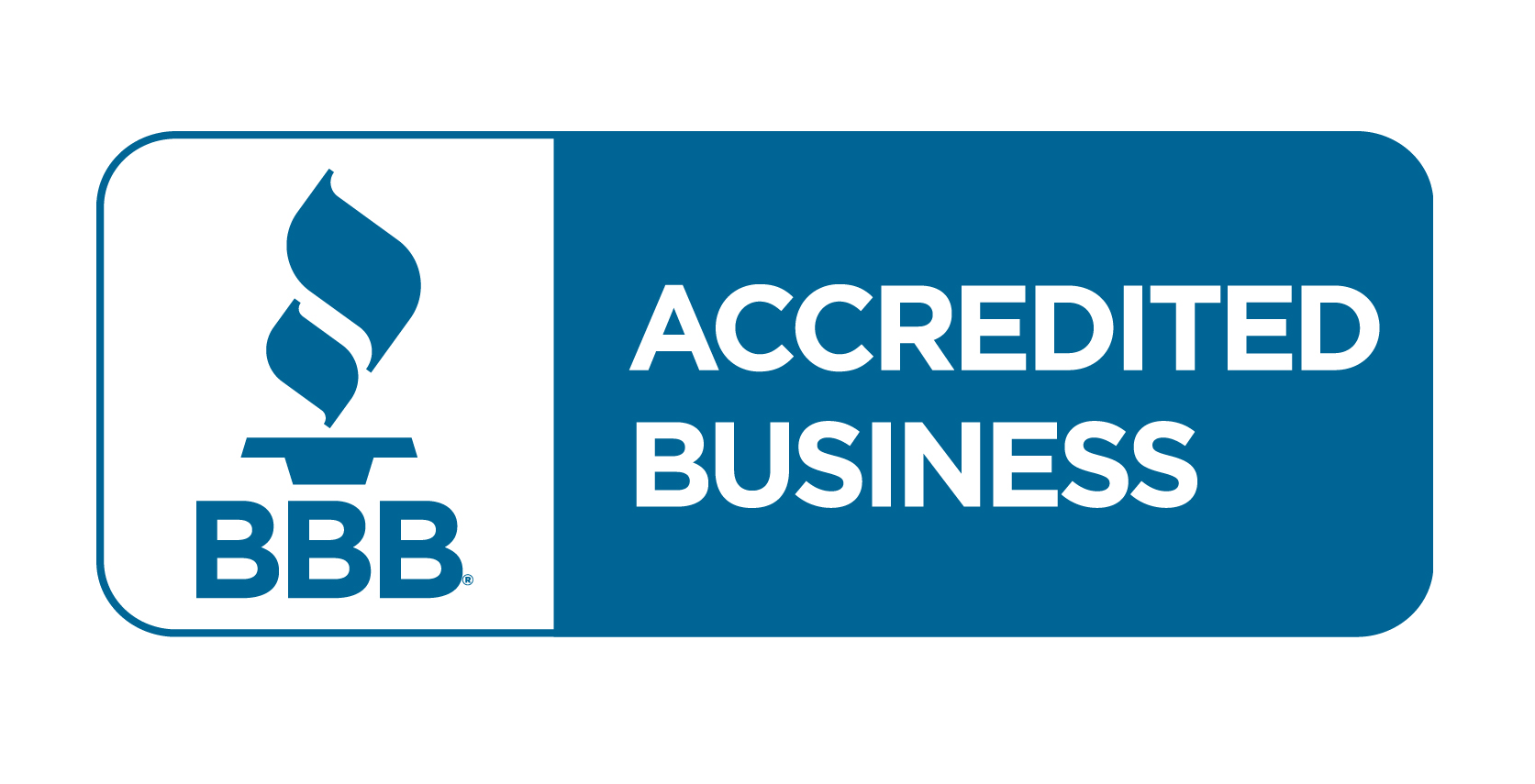GUIDES
The 6 Key Stages of Project Management
May 31, 2023

Good planning and design are essential to any home construction project, so you need to understand the stages and how the project life cycle works to ensure it’s successful.
There are a few main stages of a construction project, and these include concept, design, preconstruction, procurement, construction and post-construction. Each one is an equally important part of the entire project. Let’s take a closer look.
1. Concept Stage
Typically, as a builder or contractor you will have started by consulting with planners, architects and engineers who have translated the homeowner’s idea to drawings and plans.
Depending on the size and scope of the project, this phase may mean consultations with city planners. You may also need to consult an estimator or do the project estimate yourself to determine if it’s financially viable for both you and the homeowner.
The concept stage is one of the most important phases in the lead up to actual construction. It gets rough ideas onto paper for the first time and forces home builders and homeowners to agree on initial budget targets.
A few common challenges pop up during this concept phase. These can include:
- Design flaws—it’s important that you and your architect work together with your structural and civil engineers to create an architectural blueprint that’s realistic.
- Bureaucracy—everyone hates bureaucracy, but it can be particularly frustrating when you’re in the preconstruction phase and needed paperwork must clear.
- Poor-defined objectives—another common challenge is communicating requirements and limitations to your client and contractors, not having clearly-defined goals that are documented can slow things down.
2. Design Stage
The next planning stage is the design, where you’ll hammer out your concepts and start talking in more detail with architects and engineers.
The design phase will take on the challenge of getting monetary figures and drawings on the scope of the project, its shape and size, how the space will be used, and so on. This phase allows you to determine exactly how it will be done and even what materials you’ll use, the various materials, and pricing of those materials.
A few main challenges can crop up during the design stage. These include:
- Inconsistencies in measurements across different types of blueprints.
- This estimate is just that – an estimate – and can be under or over based on factors outside of your control, like material price changes.
- Misreading of blueprints by other subcontractors who will work on the project.
- Structural design errors due to misreading or misinterpreting building code language. Consult your planning phase team and the town or city building code department if this becomes a problem.
3. Preconstruction Stage
The preconstruction stage is where you’ll build your project team to carry the project forward through the next stages. By this point, your homeowner has approved your bid based on a detailed estimate.
There are a few common challenges when conducting the preconstruction phase of any project. These can include:
- Labor shortages, so be sure to consult with partners before awarding them the contract so they can take on the work according to your schedule.
- Material shortages, so plan ahead when purchasing materials to get the best price and timely delivery.
4. Procurement Stage
The procurement stage is also where a project can go sideways. A variety of challenges include:
- Lengthy procurement cycles due to the uncertain market.
- Cost fluctuations, again because of the changing market.
- Being on top of quality assurance.
5. Construction Stage
Now, it’s time to see the project come to life. This phase is usually one of the longest phases of the project and it’s also the most rewarding.
However, there are always unforeseen issues. Here are some common challenges:
- The health and safety of employees to minimize risk and avoid accidents.
- Sticking to the linear process and minimizing delays, which takes clear, ongoing communication.
- The weather, which is completely out of your control.
6. Post-construction Stage
The project is done, but there are still a few things to consider. First, you should keep an eye on the project for any issues, which may take days or weeks. Meanwhile, other things can happen behind the scenes, such as contract closures, worker payments and equipment returns.
Team meetings can occur to discuss what went well with the project and what didn’t, and what changes can be made on the next project to help things run smoother – time is money, after all.
Then, you can close and seal all contracts, and get paid for the work completed. Despite being the end of the line, closure brings challenges. These can include:
- Projects wind up over-budget;
- Customers are unhappy with the finished product;
- Projects vastly underperform projected profit margins;
- The project reveals gaping holes in business operations/project management.
Using Construction Software to Manage Projects
All of these parts of a project can be more efficient and accurate with a construction software. Whether you want to improve efficiency, cash flow, material supply issues, or labor delegation, using a construction project management software like Buildxact can help.
Construction management software will give you a complete picture of how your project succeeded and where it failed, as well as allow you to see insights that could prove invaluable for the next project.
Get started now!
Copyright 2024 © BlueTape. All rights reserved.
Copyright 2025 © BlueTape. All rights reserved.








